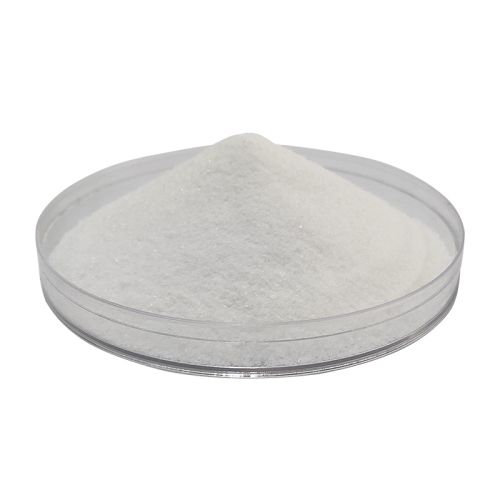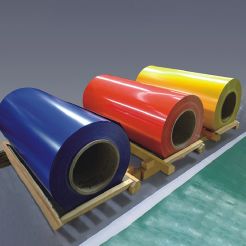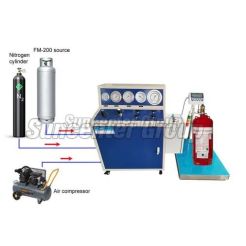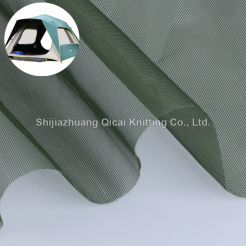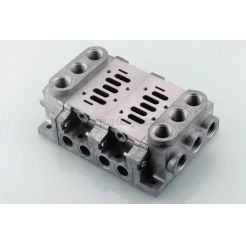Purification Flux
Aluminium casting flux can solve the problem of excessive burning loss and waste gas pollution caused by the chemical reaction of traditional flux in alloy liquid. Kingsun is dedicated to research and development, production and marketing of granular fluxes for the aluminum alloy casting process.
Product Description
Aluminium casting flux can solve the problem of excessive burning loss and waste gas pollution caused by the chemical reaction of traditional flux in alloy liquid. Kingsun is dedicated to research and development, production and marketing of granular fluxes for the aluminum alloy casting process.

How to Use Aluminium Casting Flux?
Prepare the Crucible or Furnace
If you're using a crucible, make sure it's clean and dry. If using a furnace, ensure it's in good working condition. Safety is crucial, so wear your protective gear throughout the process.
Charge the Crucible
Place the aluminum scraps or ingots into the crucible. Make sure the material is clean and free from any contaminants, as this can affect the quality of the final cast.
Preheat the Furnace or Crucible
Gradually heat the furnace or crucible to the desired casting temperature. The exact temperature will depend on the type of aluminum alloy you're using and the casting method. Check the technical specifications for your specific alloy.
Add Aluminium Casting Flux
Once the aluminum is molten and reaches the desired casting temperature, you can start adding the casting flux. The flux can be in the form of powder, granules, or pellets. The amount of flux to add depends on factors such as the type of flux, the quantity of aluminum, and the manufacturer's recommendations.
Stir the Mixture
Use a clean, heat-resistant stirring rod to mix the aluminium casting flux into the molten aluminum thoroughly. Stirring helps distribute the flux evenly and promotes the desired reactions.
Observe and Skim
As you stir, you might notice dross or impurities rising to the surface. Skim off this material using a skimming tool or a ladle. This step helps further clean the melt.
Allow the Flux to Work
The aluminium casting flux needs some time to react with impurities and form slag. This slag will float on the surface of the melt and can be skimmed off, leaving behind cleaner molten aluminum.
Cast Your Aluminum
Once you're satisfied with the cleanliness of the melt and the flux has done its job, you can proceed with the casting process. Pour the molten aluminum into your prepared mold.
Dispose of Waste Properly
The slag and dross that you skimmed off should be properly disposed of according to local regulations. Some of these waste materials might still contain valuable metal, so you might consider recycling them if feasible.
Remember that the specific instructions might vary depending on the type of flux and the aluminum alloy you're using. Always refer to the manufacturer's recommendations and technical data sheets for the most accurate usage guidelines.
